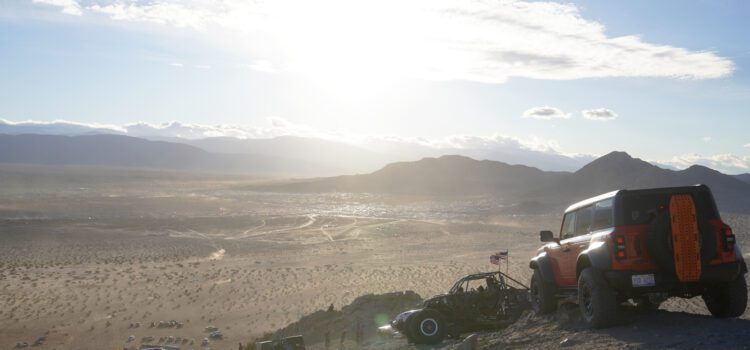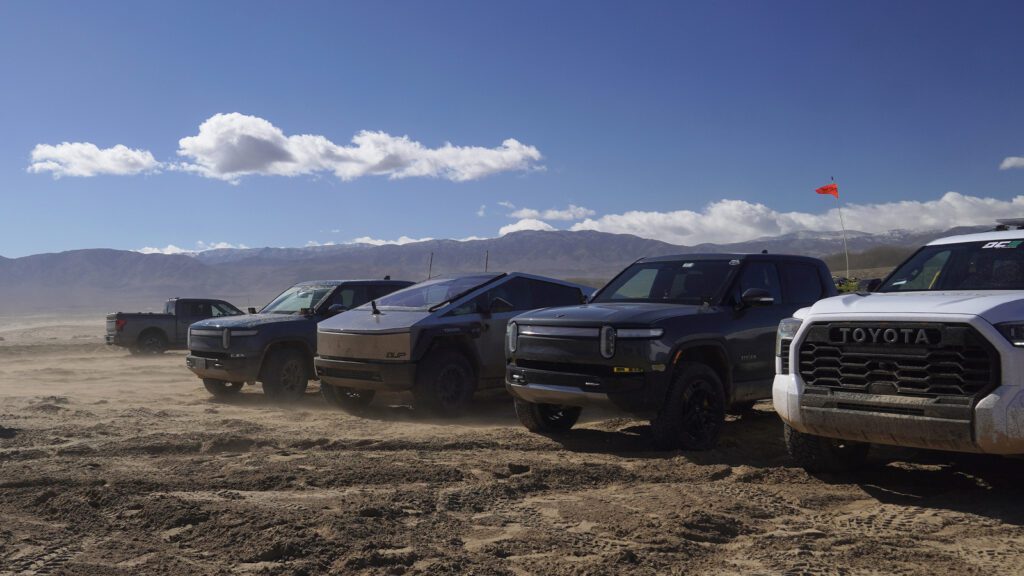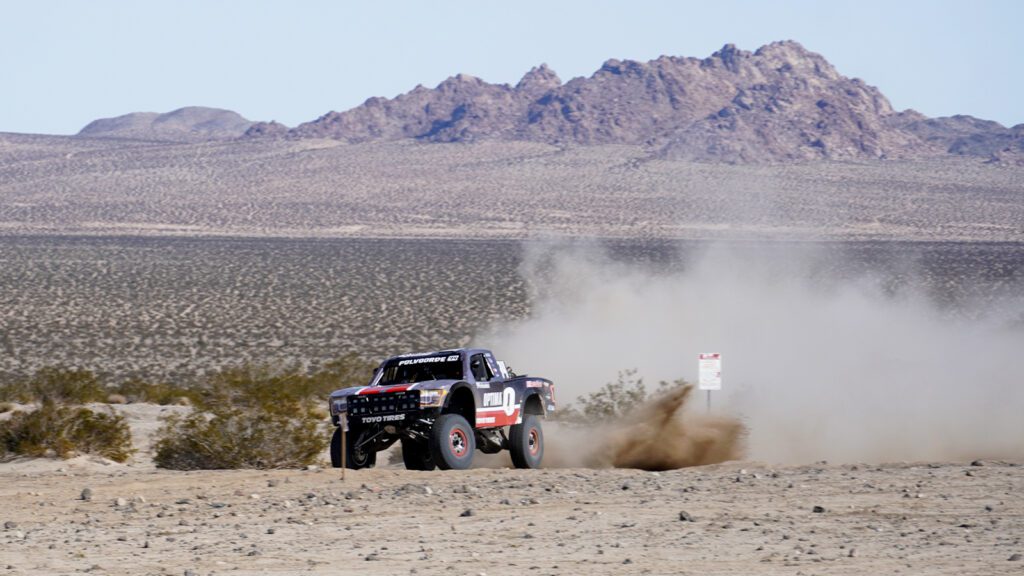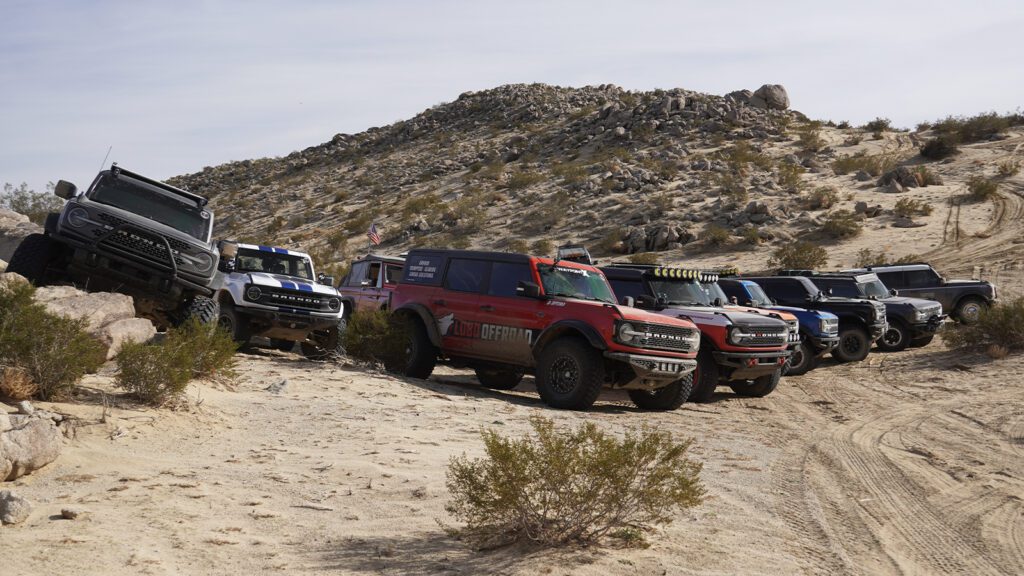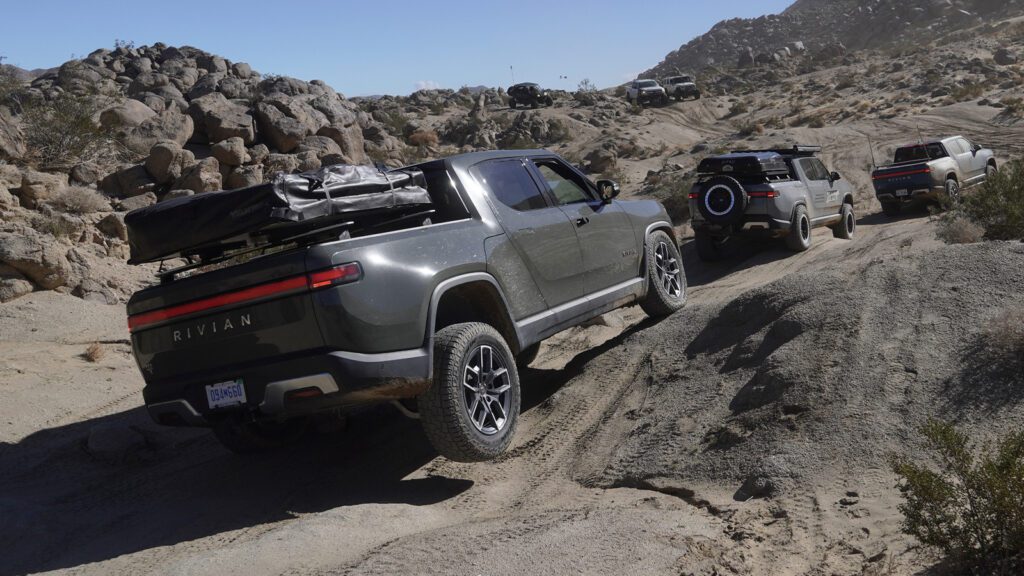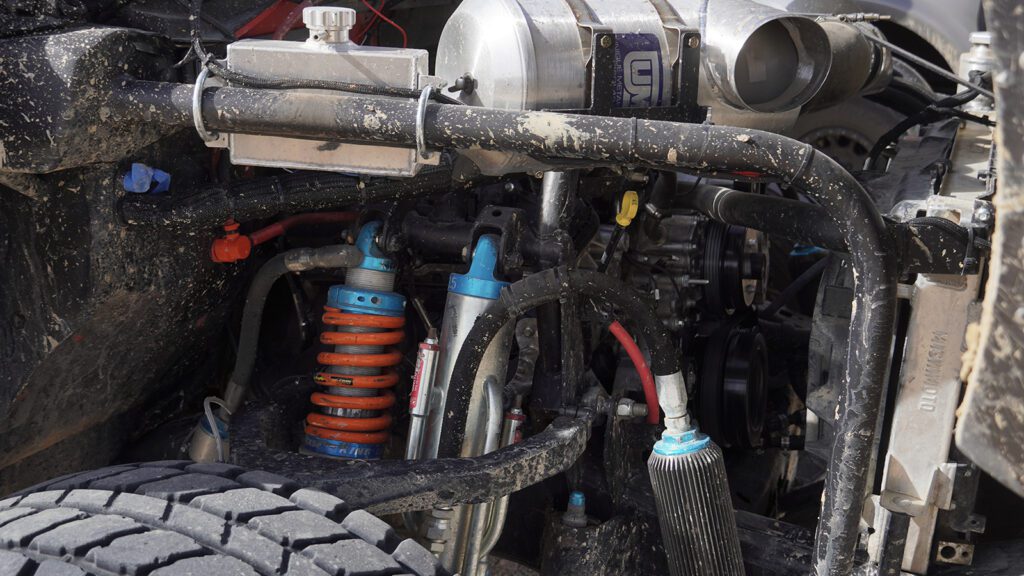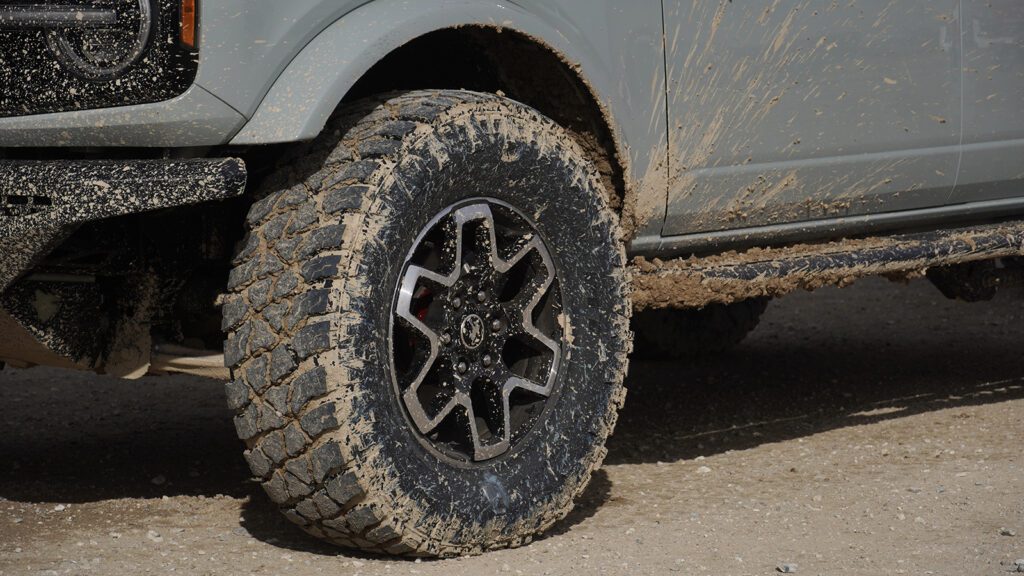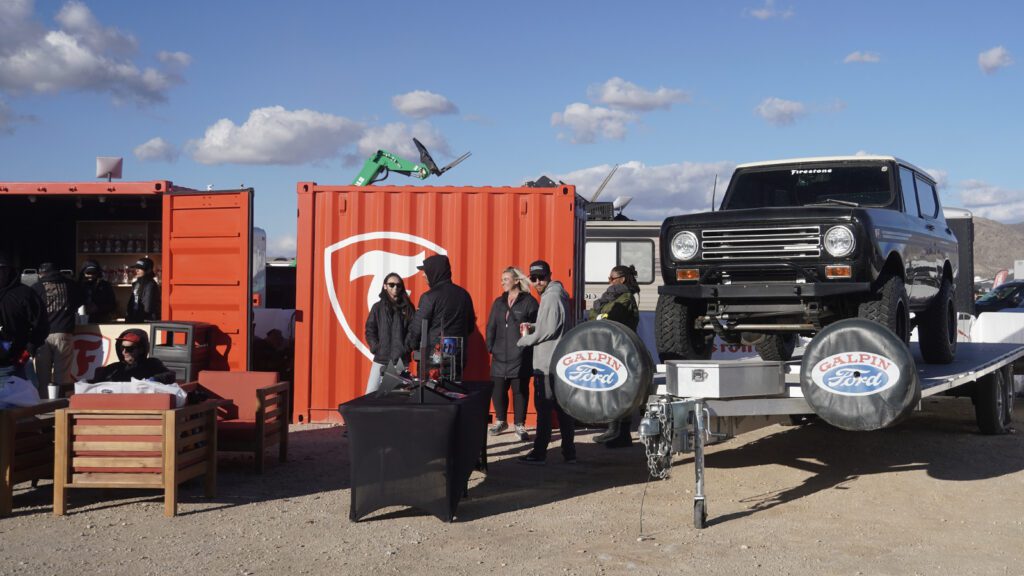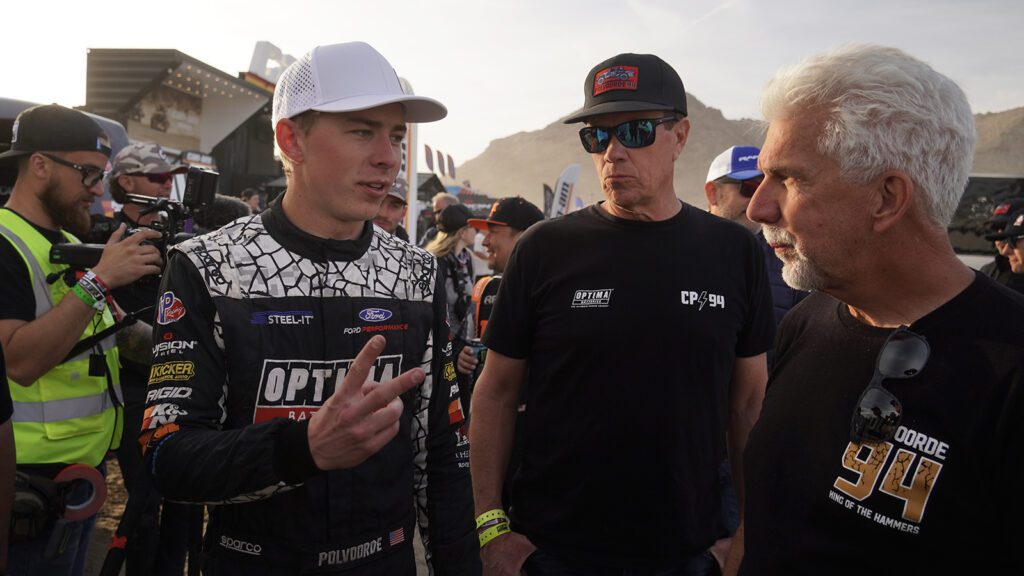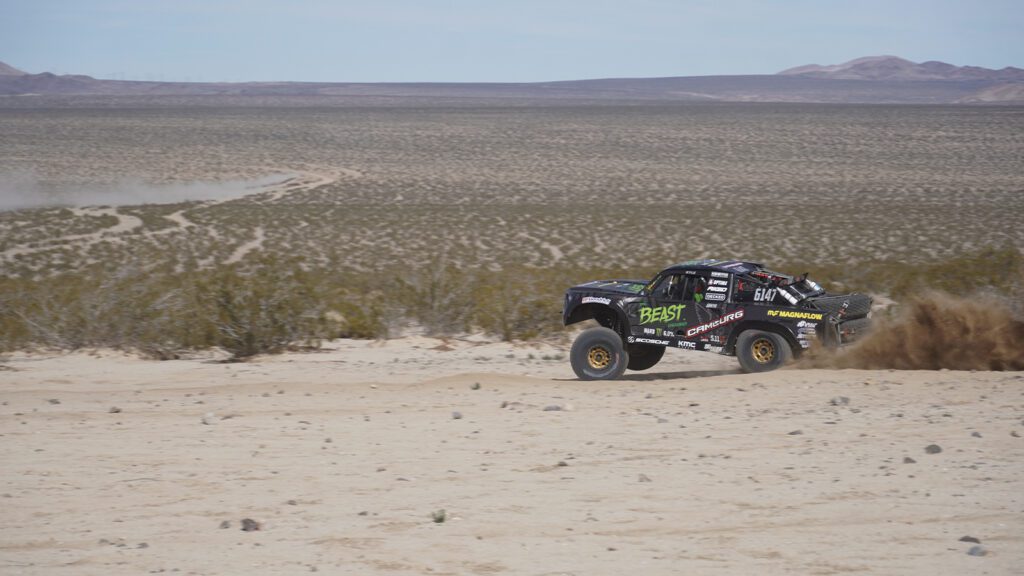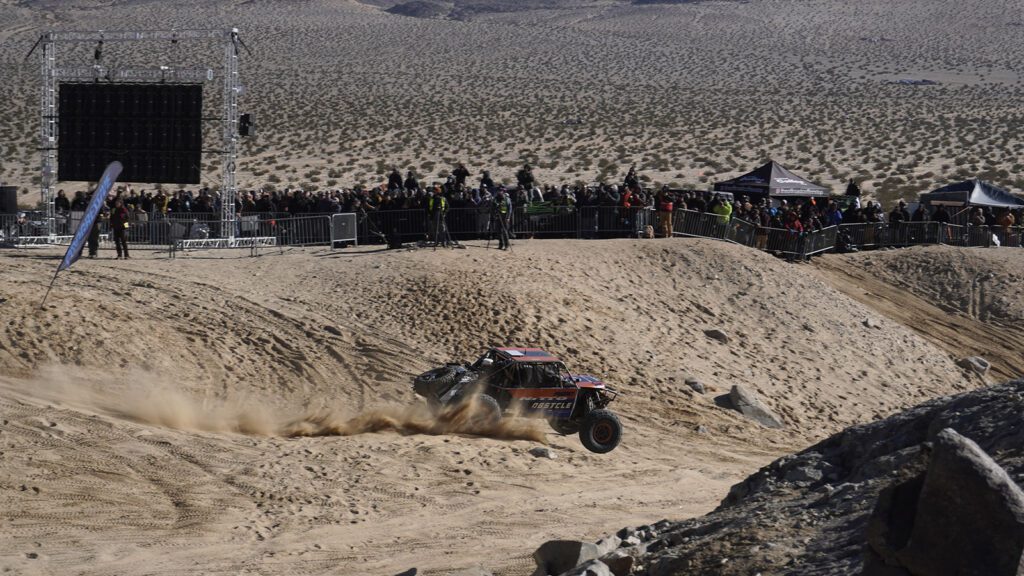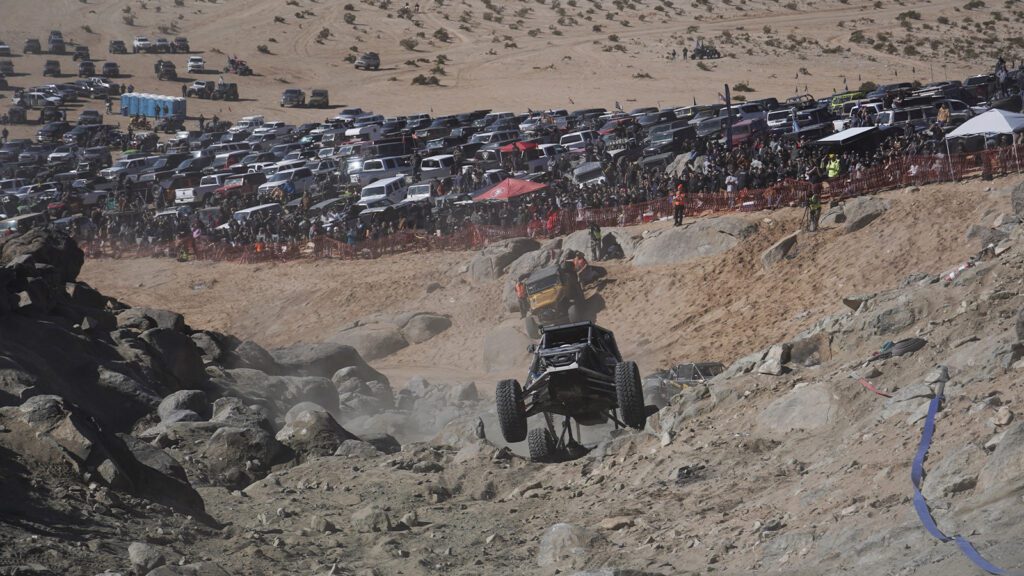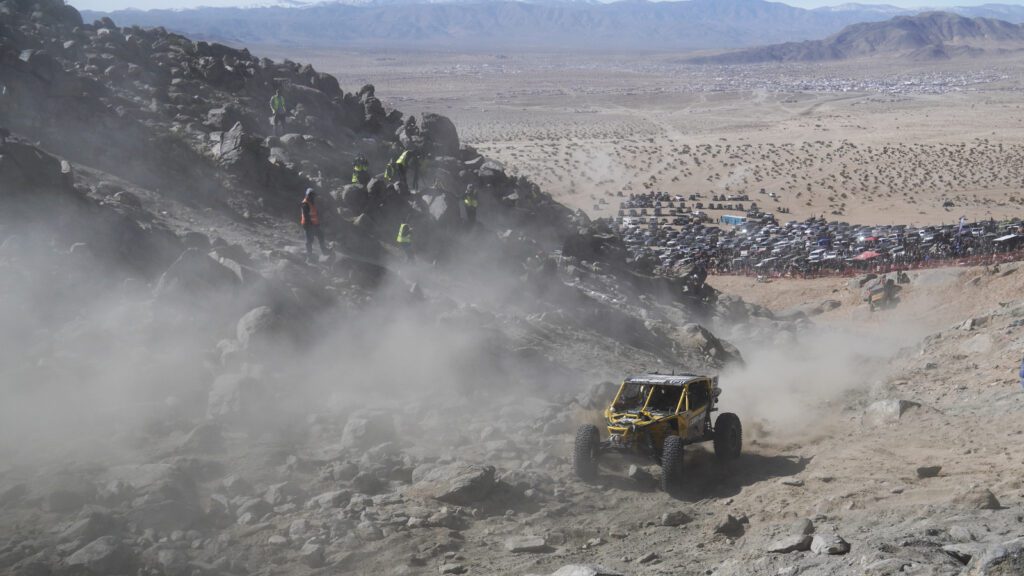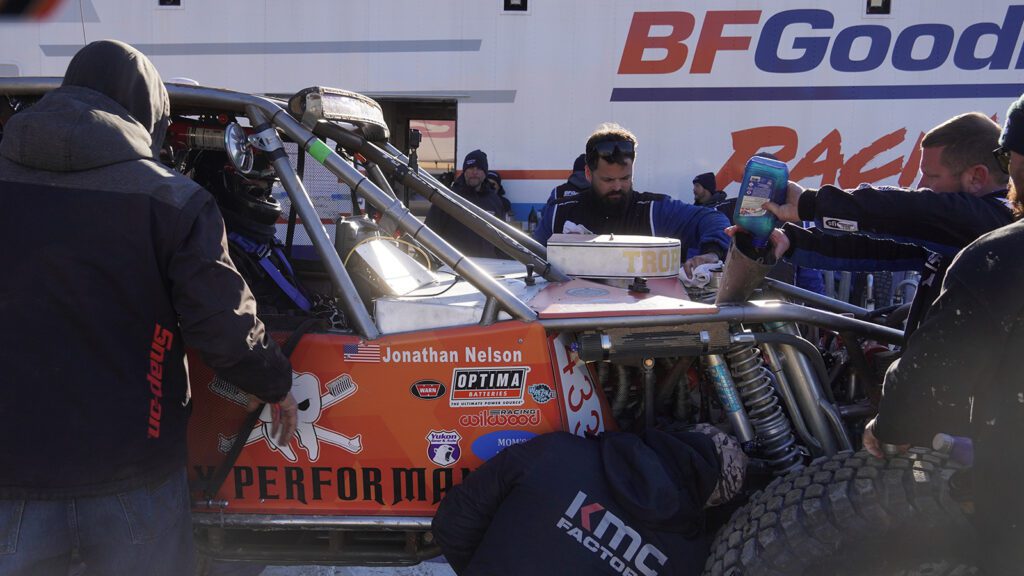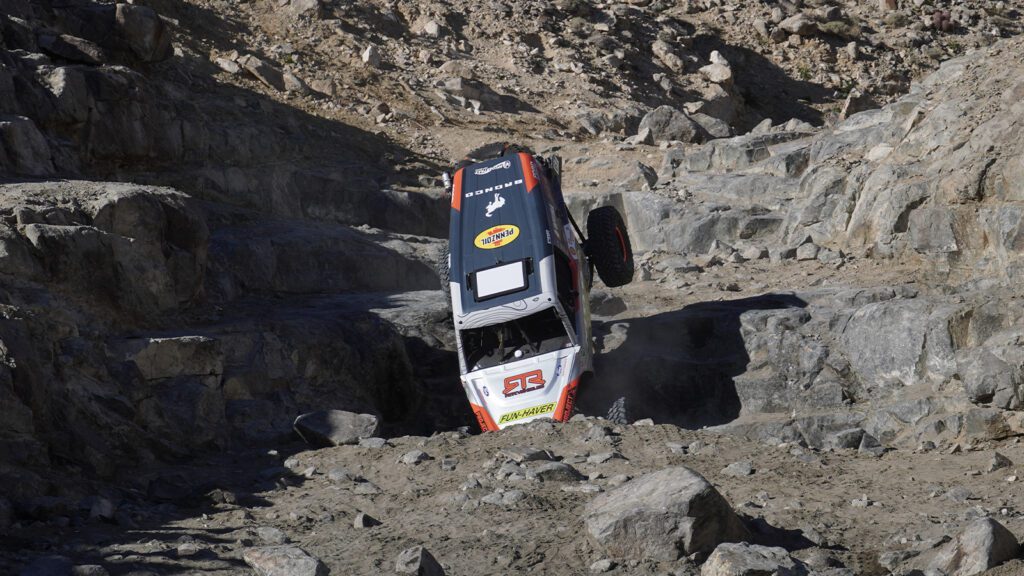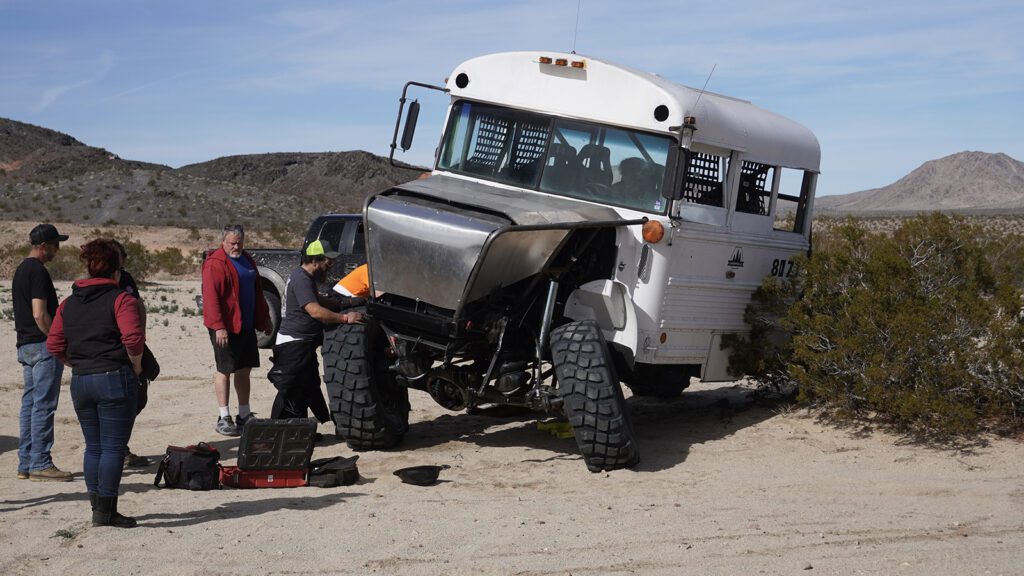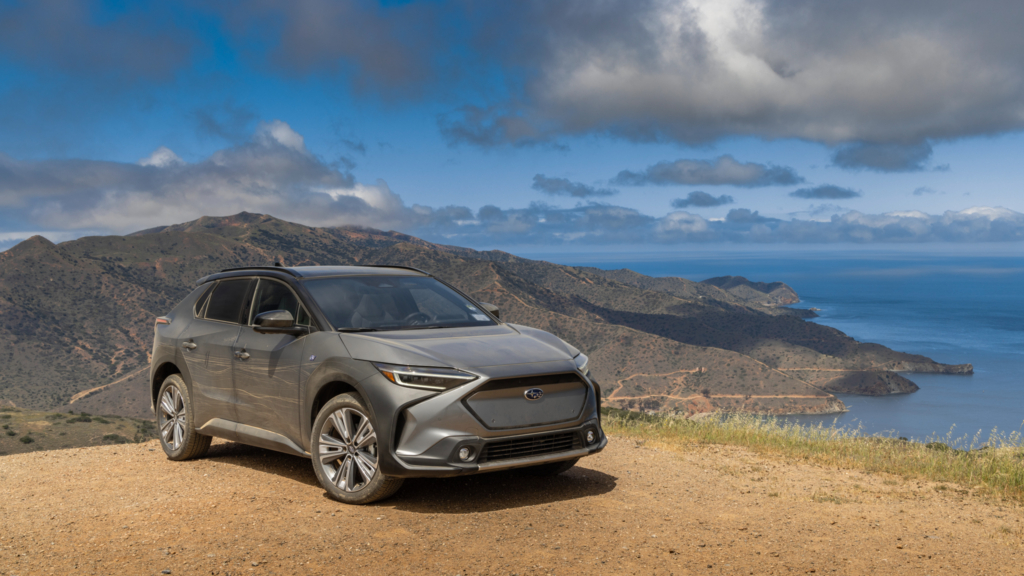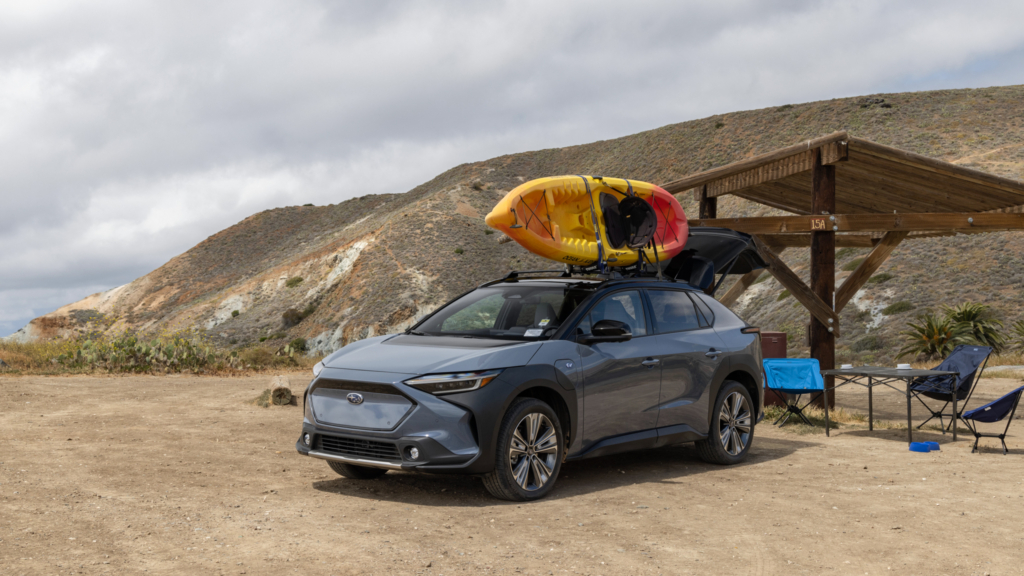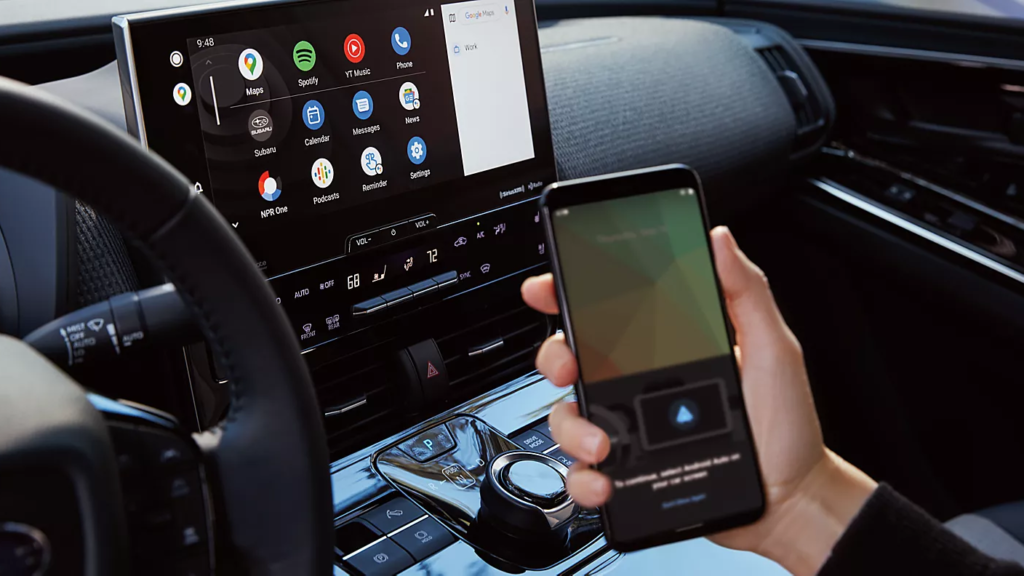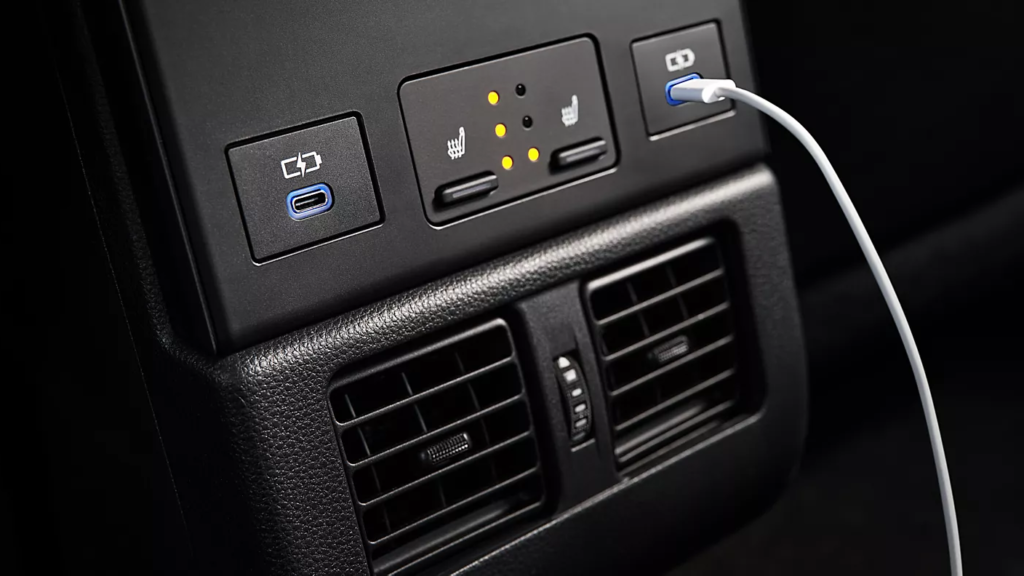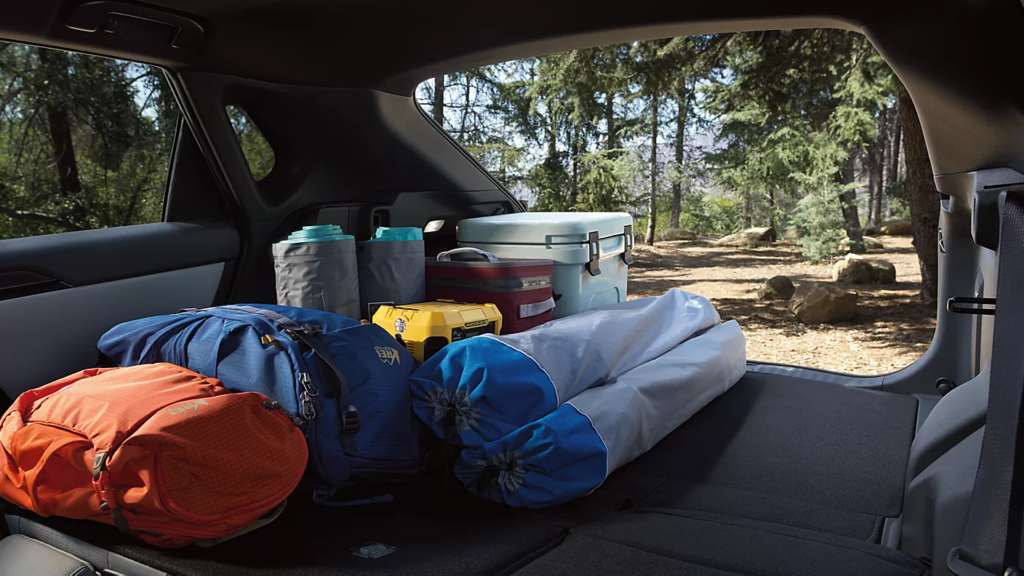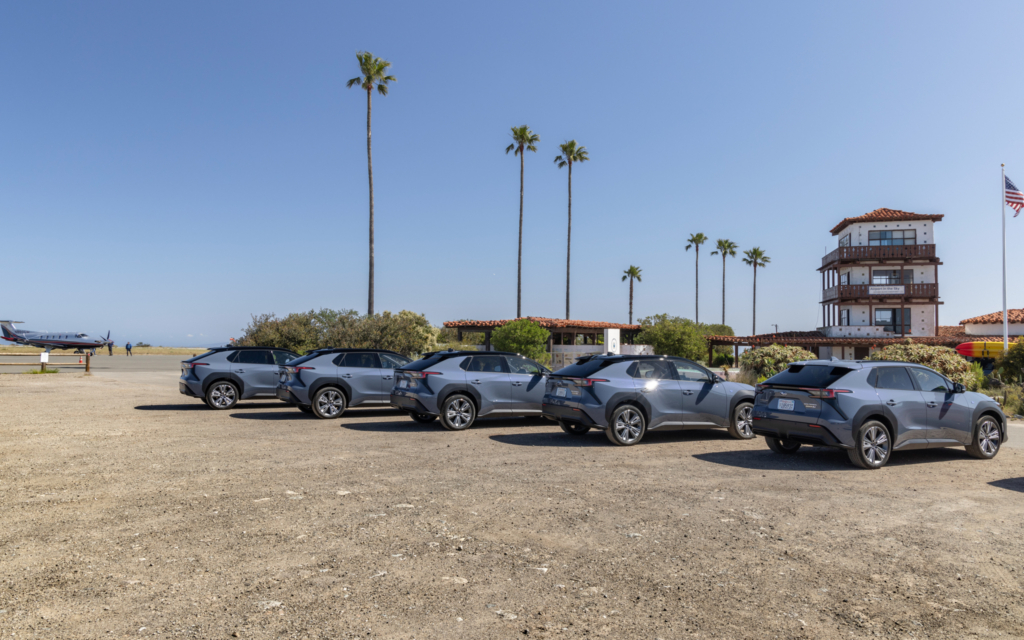Toyota selling the new 4Runner and Land Cruiser together might be shooting itself in the foot
History loves to repeat itself. Watching A New Hope and then seeing The Force Awakens decades later? Spanish Flu became H1N1 then COVID, and who knows what’s next? Fans of World War I? Wait ’til you learn about the sequel. In the late 2000s to early 2010s, there was the venerable Toyota 4Runner and a throwback-retro off-roader that shared DNA selling alongside one another. And today, it’s the same story on repeat. Toyota just launched the all-new 2025 Toyota 4Runner to accompany the downsized, downmarket Toyota Land Cruiser.
Fun! We get two off-roady family haulers that just so happen to be based on the same platform, share the same engines, occupy nearly the same niches, and will probably be priced within a stone’s throw of one another… Wait a minute.
Oh shit. That’s not good, is it?
Now there are two of them?
We live in an age where the crossoverfication of a brand’s model lineup is now common practice. Ford banks almost entirely on trucks and SUVs, while the Mustang stands as the last pony in its car lineup. BMW, Mercedes, and Audi are locked in a wee-wee measuring contest to see who can pump out the most turtle-shaped SUVs. And Toyota, while still leaning heavily into its car lineup, has been doubling down on filling every possible crossover and SUV niche with curiosities like the Venza, Corolla Cross, or Grand Highlander.

Now, it has two mid-size off-roadsters in its ranks, the recently launched 2024 Land Cruiser and the brand-new 2025 4Runner. Both run on the same Toyota New Global Architecture or TNGA platform (TNGA-F to be specific) that also underpins the mechanically similar Tacoma. Both feature four-wheel drive and run the Tacoma’s 2.4-liter i-Force MAX turbo-four hybrid powertrain. Both are being touted for their ruggedness, dependability, off-road prowess, and strong heritage. Sound familiar here? It sounds like the old 4Runner-FJ Cruiser story. And last I checked, only one of them is still standing.

How 4Runner sibling story last played out
The last-gen Toyota 4Runner launched in 2010, while the generation before that persisted from 2003 to 2009. Both generations rocked the mighty 4.0-liter “1GR” V6. The FJ stuck around from 2007 to 2014, although Toyota continued to manufacture and sell it in some Asian and South American markets until 2022. Like the outgoing 4Runner, the FJ is often criticized for archaic driving dynamics, which ironically also garnered praise from those who found it endearing and authentic to trucks of old. Paired with its hot retro styling, the FJ quickly became a modern classic, as used FJ prices have likely proven, even before the pandemic price booms. So why did it go away in the first place?
Well, in case we forgot, a certain economic crisis from around that time frame didn’t do so well for car buying. Gas guzzlers were out of style! How the hell were we supposed to drool over the latest and greatest Jeep fighter when some people couldn’t even guarantee they could keep their homes? It was rough on everyone, and its aftershock was felt for years to come.
As a result, new FJ sales never quite reached Toyota’s expectations, likely due to buyers swaying to the more practical 4Runner, which didn’t have its fun but silly suicide doors or atrocious blind spots. Not everyone could get on board with the dedicated off-roader, but they may just hop aboard its sibling with more space, conventional doors, better visibility, and more luxurious trim levels. They did what they had to after seven years of parading the FJ around and pulled it from the U.S. market.
What does the duo look like now?
They boast 6,000-pound towing ratings. Neat. They both feature the base i-Force MAX hybrid engines pumping out the same 326 horsepower and 465 pound-feet, although the 4Runner will get a base i-Force powertrain pushing 278 ponies and 317 pound-feet. Alrighty then. Both rock double wishbones in the front and a multilink setup in the rear with disconnecting sway bars. Badass! Except, well, if you make them this damn similar, they’re bound to cannibalize each other’s sales. Or are they?


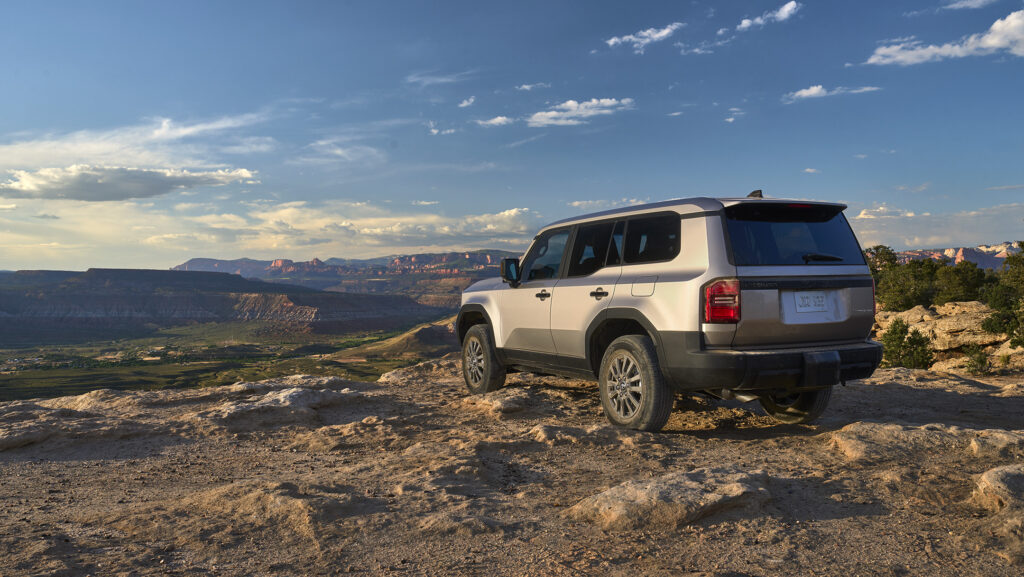

In the words of a little birdie in the car industry who gave me his two cents, there are two key sentences he told me: “Pricing is critical,” and “This is why product planners can be fucking stupid sometimes.”
Most people will gun for the presumably more affordable 4Runner, which would logically start anywhere between $40,000 and $45,000 and likely ship with the base non-hybrid i-Force engine. In theory, it can do everything the Land Cruiser can do and then some, especially once you step up to the TRD Pro and Trailhunter, which will feature a hot widebody wrapping over 33-inch all-terrains not offered on the Land Cruiser. But where does that leave the Land Cruiser, which now occupies nearly the same niche at a higher price (starts at $55,950) and doesn’t currently offer any such trim level?



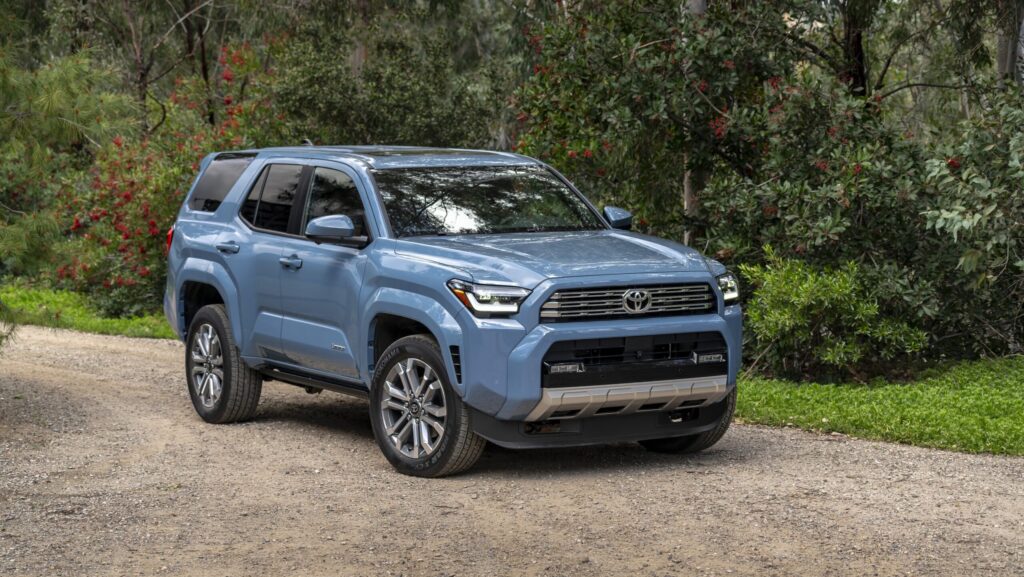
“What they’re [Toyota] trying to do is cutting their cake into smaller slices,” says my anonymous industry insider. “The 4Runner buyer will be younger. Less affluent. More hardcore. The Land Cruiser buyer is someone who probably occasionally goes off-road but only to the campsite or the Grand Canyon, if that. Or they’re probably the buyer who likes the styling but doesn’t want to make that leap to the Lexus GX Overtrail.”
Of course, as he had mentioned, pricing is key to negate any overlap the two siblings will clearly have, as it will dictate who’s really buying them. “Realistically, we’re probably not going to see too many of the TRD Pros and Trailhunters for how much they’re going to cost. There is going to be some overlap, and I don’t know who a 4Runner Platinum is even for.”
In its own bid to stand apart, the Land Cruiser is seemingly leaving its old ultra-hardcore off-road image to the 4Runner. The rock crawlers, the mud boggers, and the Baja prerunners can have their fill, even without the fancy trims as it can be presumed they’ll be as easily modifiable as the last gen. The Land Cruiser appears to take a more relaxed approach in a similar vein to the far pricier Land Rover Defender, meaning it may ride plusher, be more friendly on the street with its more street-oriented tires, and be more refined with its more upscale interior. The Land Cruiser is also i-Force MAX only and features a full-time four-wheel-drive system not offered on the 4Runner, which uses a more traditional and rugged four-wheel drive with manual selection for rear-wheel, four-wheel, Hi, and Lo. The Land Cruiser has a more expansive greenhouse, whereas the 4Runner appears to be the same hunkered-down machine gun nest the old one was but now with the new Tacoma’s mug.

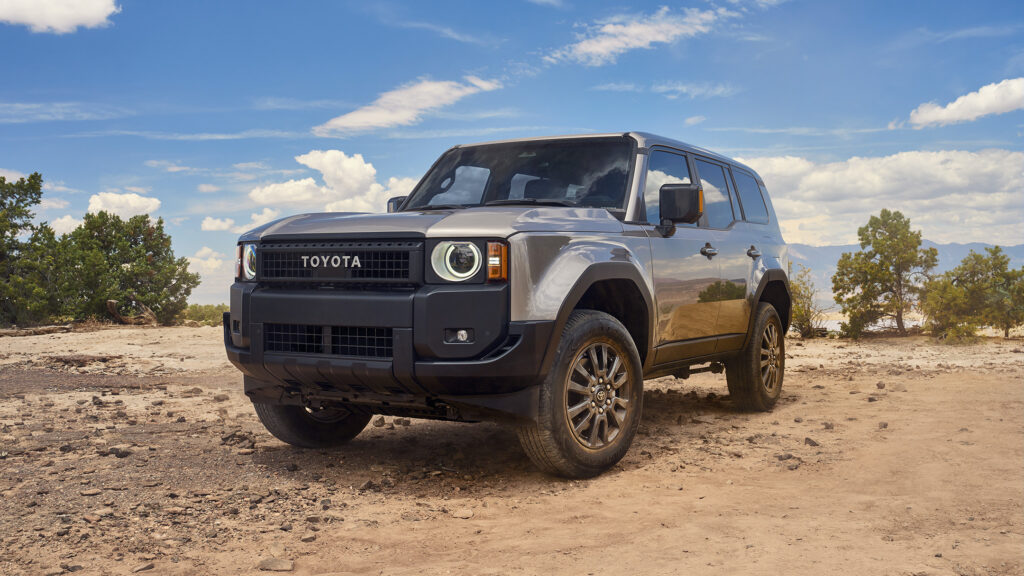
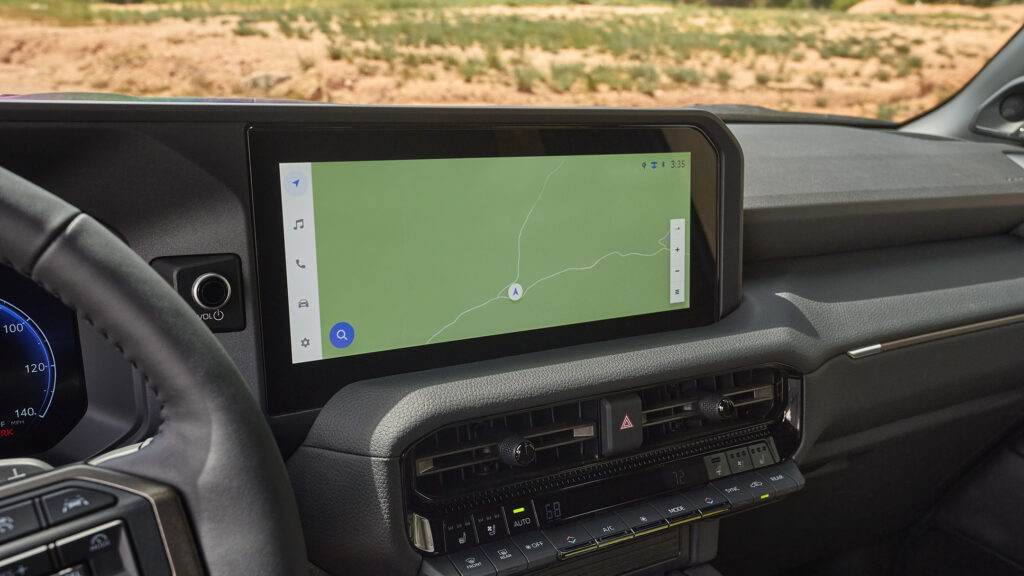
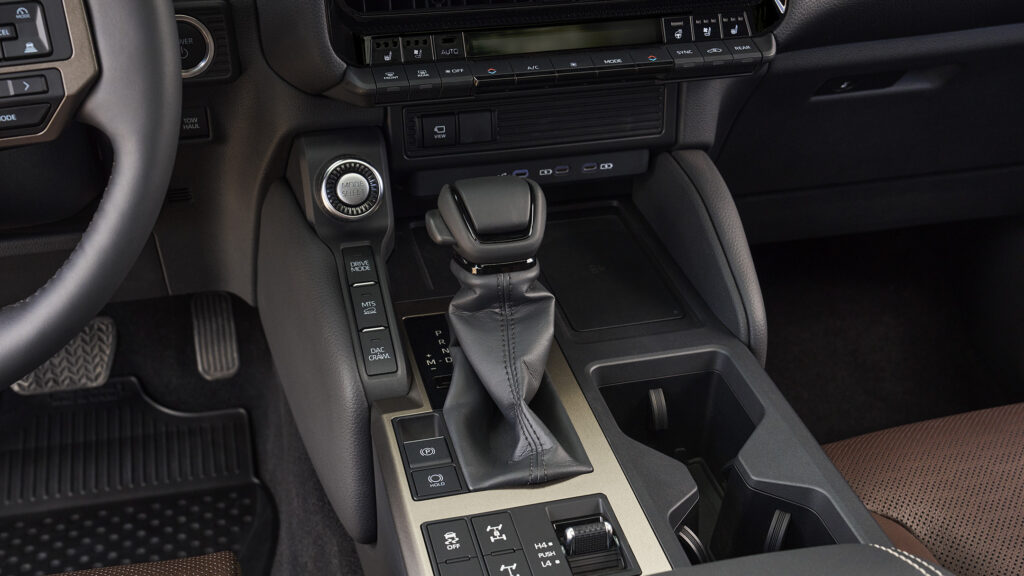

Interesting that they’re playing the practical card yet not offering the Land Cruiser with a third-row seat while the new 4Runner can be specced with one and the new Lexus GX has it standard. Weird.
Even so, you can still tell Toyota is trying for an SUV that may not cost much more than a mid-grade 4Runner. As my source says, it’ll be for the casual hikers, campers, or overlanders who don’t need something as riotous as a 4Runner Trailhunter and greatly appreciate the old-school boxy styling that old Land Cruisers were famous for and is making a comeback in modern SUVs. Also being a Land Cruiser, it’s not like its old-timey styling is a compromise on practicality. There are normal doors and big, expansive windows FJ owners could only dream of.


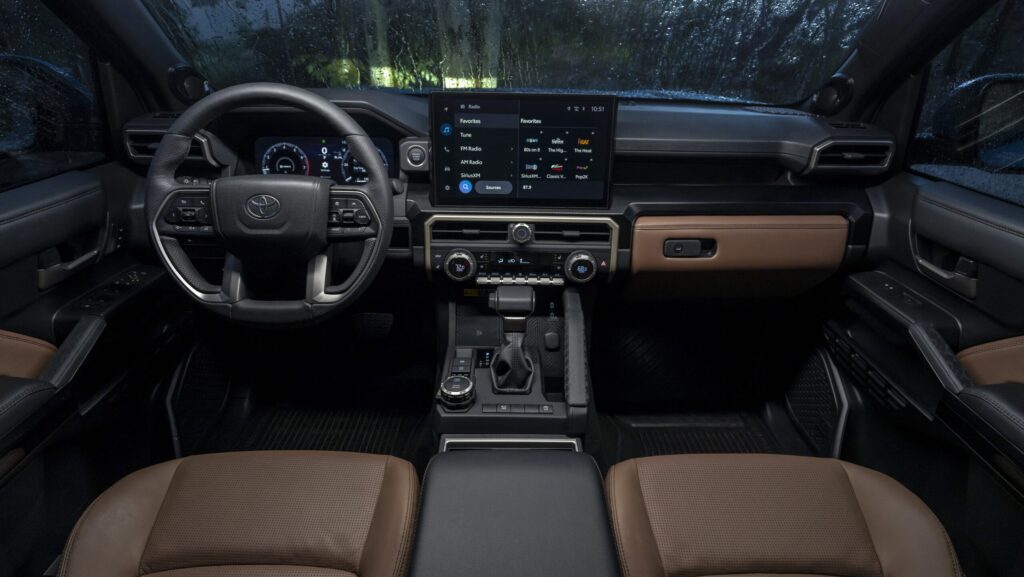

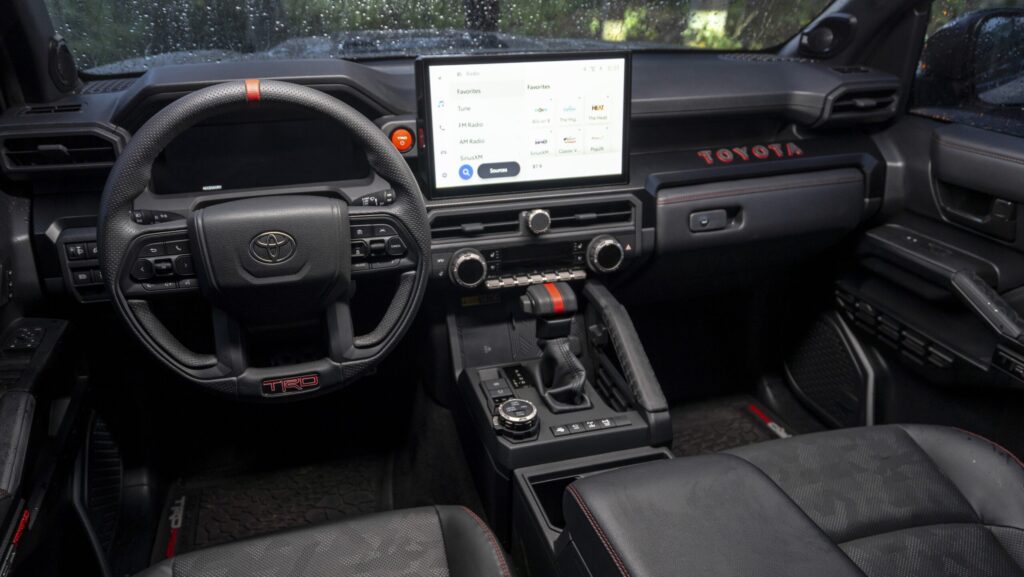
How the Land Cruiser and 4Runner will get along
Will the inevitable price and performance delta be enough to separate the two? I love both of them, and I wish for the success of both of them. There’s still plenty of overlap but also plenty of room for separation to let each truck shine on its own merits, and then the next question is, will buyers see that? Perhaps base model to base model, yes. But I’m skeptical as buyers start hiking up their respective trim levels. Those who don’t want a super hardcore 4Runner can just buy a lower trim level, sure. At the same time, the ambitious few who are especially into off-roading but may not need the likes of the TRD Pro or Trailhunter will buy one anyway because Americans love excess capability in case the universe catches us with our pants down on a leap year with all the stars aligned to create a situation where we might need it.
In the end, once the two meet on showroom floors, Land Cruiser will have its clear buyers. It will be remembered as a lovable, exemplary vehicle as the FJ once was, true to its heritage but with the added usability that not only makes it a great off-roader but a damn good car, as journos are just now finding out. But so will the 4Runner for similar, if not less, money thanks to its zealous, younger, and more adventurous fanbase. But what do I know? After all, the Land Cruiser banks on a far more prestigious heritage than a Venza and will be more refined and usable than any FJ before it. I could be proven totally wrong, and it and the Tacoma-with-a-bed-cap 4Runner will learn to live in harmony.
Anyway, I’ll take a base Land Cruiser with the round headlights, please. Thank you.


